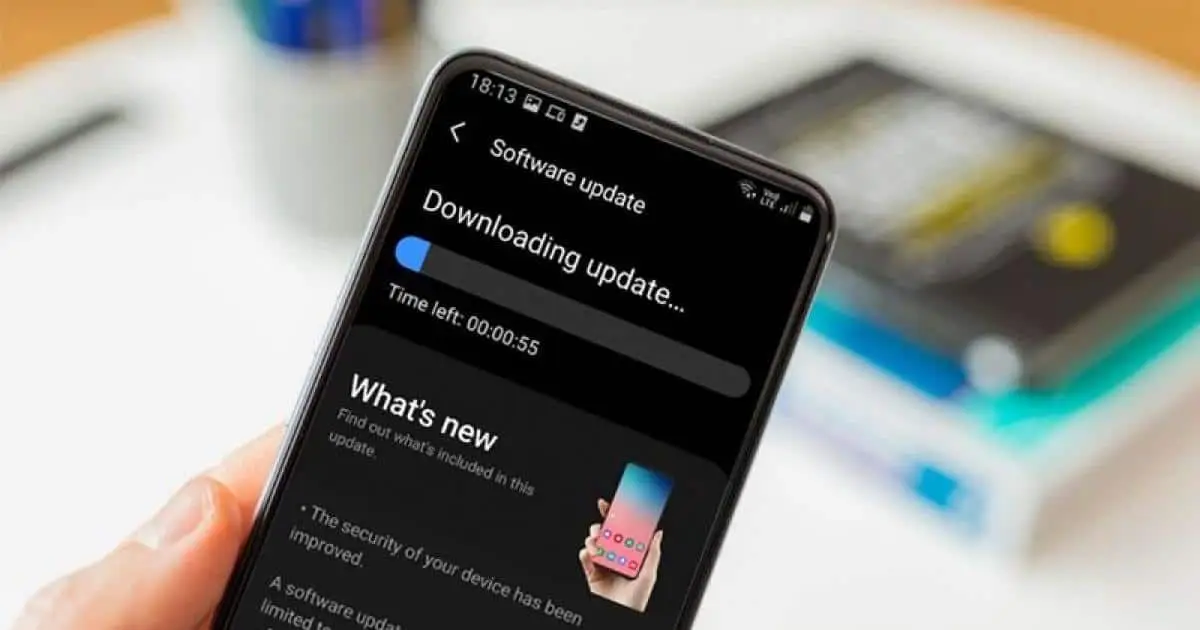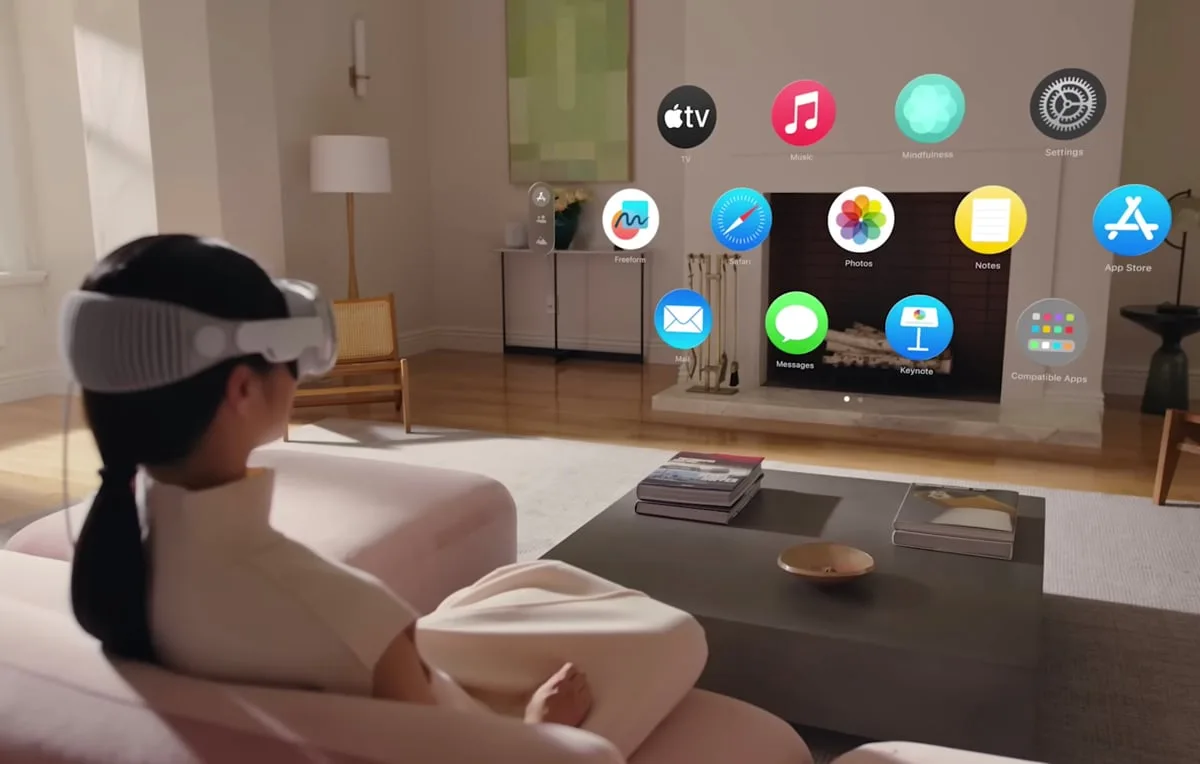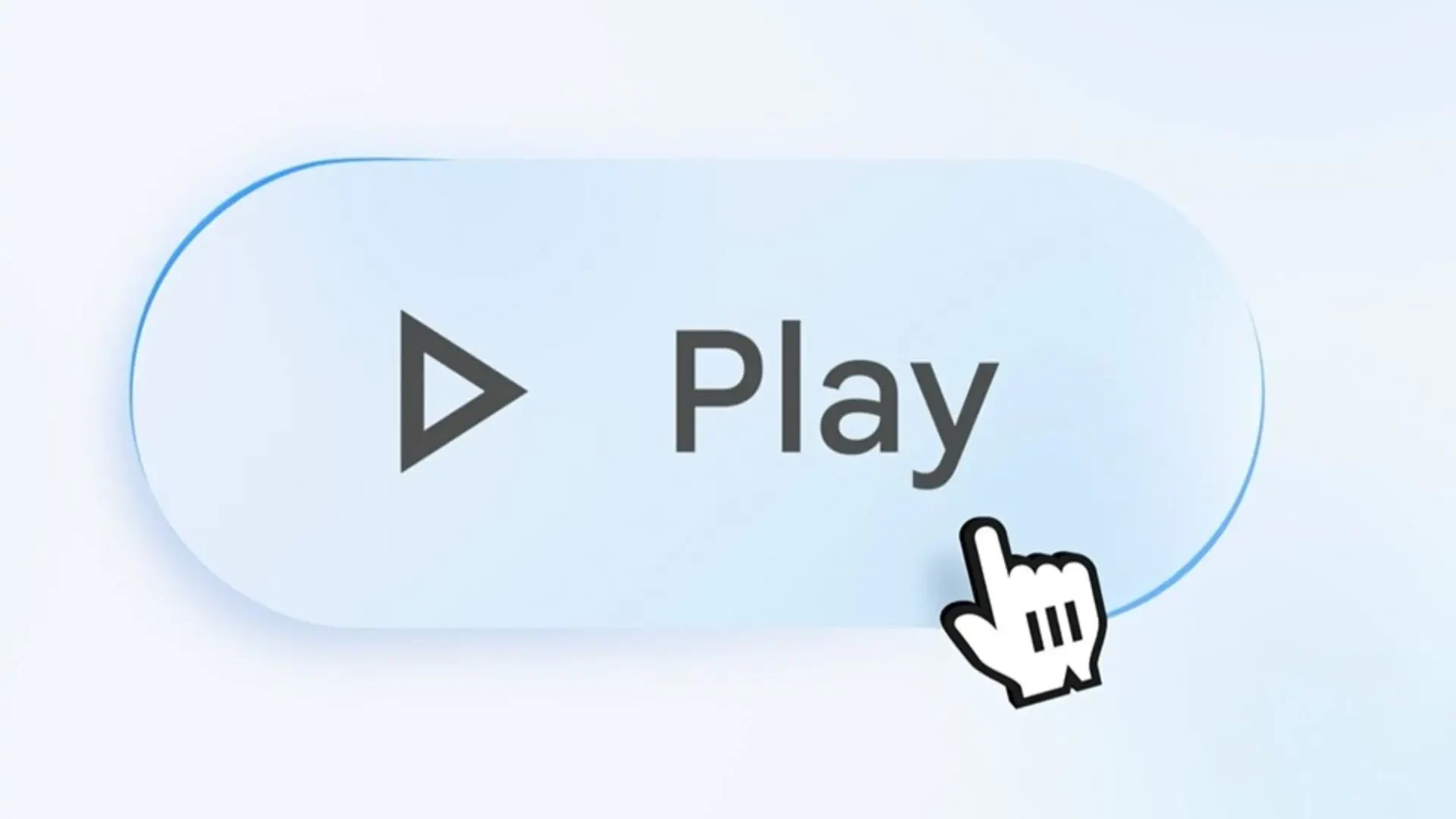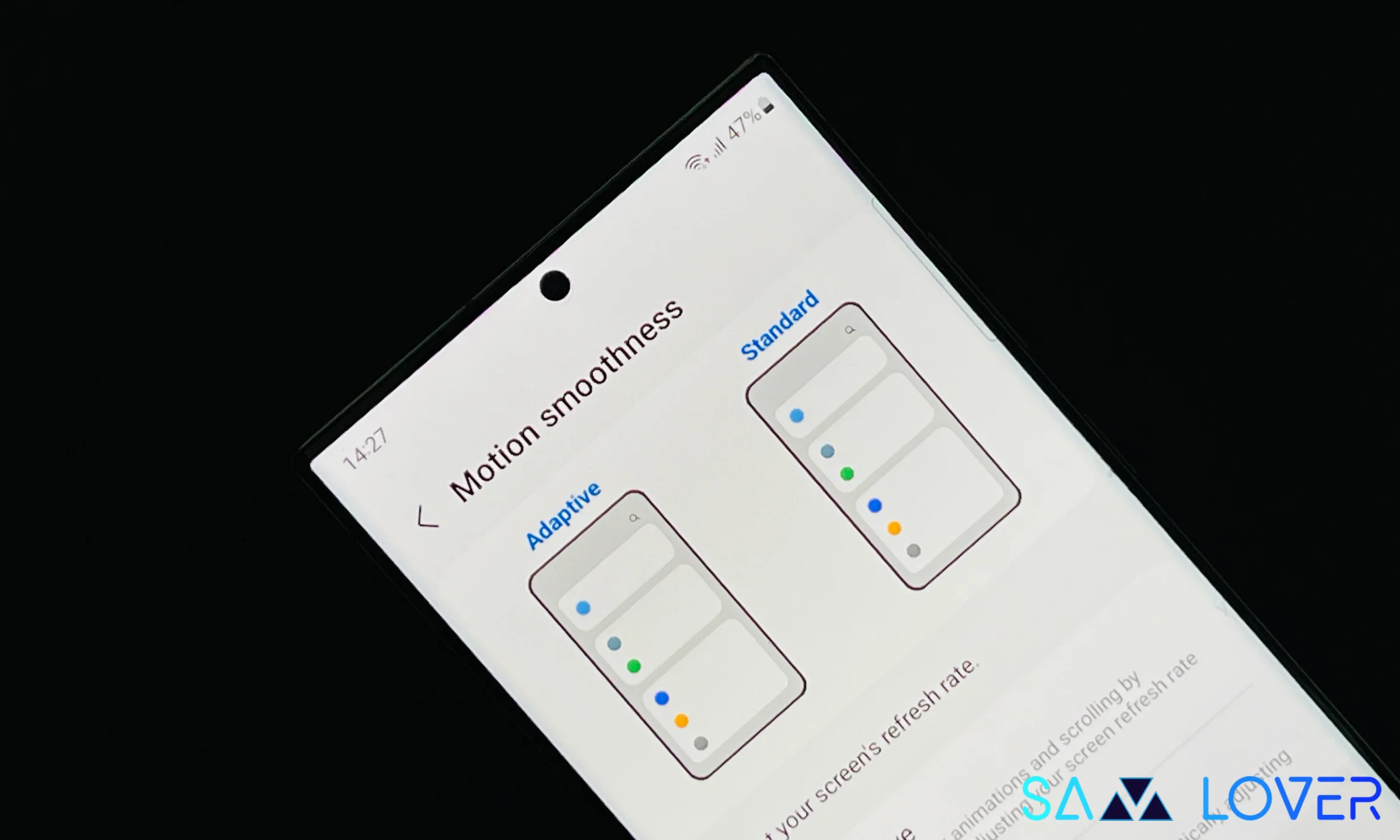Tech
Qualcomm’s New Innovation to Simplify Android Updates

Android users should get ready to stay upgraded longer. Qualcomm is busily gearing up to enhance the user experience of older smartphone owners as it is working on making it easier for OEMs to keep smartphones with older Qualcomm chipsets up to date.
Phone manufacturers (OEMs) are doing a pretty good job of keeping older devices updated with security patches and new Android versions. As compared to the previous time, when two years of major updates were standard, this is a big change.
Undoubtedly, the Korean brand ‘Samsung’ was the one that promised to offer longer software support for the first time, and that pushed other brands, especially Google, to offer more Android OS major updates and security updates.
Chris Patrick, SVP and General Manager of Handsets at Qualcomm, disclosed in an interview with Android Authority that Qualcomm has been setting up a few things that should make it easier for Android OEMs to deliver software updates.
He also added that Qualcomm has been working with Google and Android OEMs for the past few years “to change the structure of inline code—to kind of change the machinery for how we do those updates.”
It seems that these changes should abstractly minimize the friction Android smartphone companies face while keeping their devices updated with the latest software. It seems that by the end of this year, Qualcomm will announce something to add an extra layer of upgrades that should make things even better.
However, the executive has yet to reveal an exact release date or schedule, but it’s expected that it could make an announcement at the Snapdragon Summit 2024 in October.
The next-generation flagship Snapdragon 8 Gen 4 chip is also expected to launch at this event. This chipset is supposed to be used in the Galaxy S25 series and other flagship Android smartphones and tablets. Once, two years of major OS updates were a huge thing for smartphones, but now it’s not the case anymore, even for cheap smartphones.
Last year, Google announced that it would provide seven years of Android OS and security updates to its Pixel devices. Samsung also adopted this seven-year software policy earlier this year with the Galaxy S24 series. It’s expected that Qulacomm’s announcement will upgrade the speed at which Android updates arrive.
Follow Sam Lover on Your Favorite Social Media Platforms
Tech
Apple’s Vision Headset May Feature Tech from Sony, Samsung, and LG

Apple is looking forward to raising production of its new merged reality device, the Vision Pro, by reaching out to Samsung and LG. Apple has requested information on OLED+CF technology, a key component for the device’s display.
The new report suggests that Apple is focusing on securing a trustworthy supply chain for OLED displays. Japan’s Sony has supplied Oledos for Vision Pro; however, it is not resulting in increased production capacity. There is unsureness in the outlook of China regarding technology and geopolitics.
It has yet to be clear if the two domestic panel firms will actively respond to Apple’s request or not. If the report is to be believed, Apple was found to have recently sent a request for information (RFI) related to the development of OLEDoS (OLED on Silicon) to Samsung Display and LG Display.
The term RFI here stands for a document exchanged at a stage before the Request for Quotation (RFQ) sent by the set manufacturer to the parts manufacturer once the product specifications have been decided. It is mentioned in the RFI as a product that applies a color filter (CF) to a white (W) organic light-emitting diode (OLED).
WOLED+CF OLEDOS indicates color as white light from WOLED passes through red (R), green (G), and blue (B) color filters. Vision Pro, initially released in the United States, also used WOLED+CF OLEDOS. The additional product specs include a display size of 2.0 to 2.1 inches with a 1700 PPI pixel density.
However, the reason why Apple is sending an RFI has yet to be analyzed. The two main possibilities behind this appear: for instance, maybe Apple is setting up to introduce a more affordable version of the Vision Pro, reducing the price even for the base model. Another possibility is that RFI could also be moved to secure a stable supply of Oledos panels, which are a main component in the Vision Pro’s display.
Sony, Apple’s current Oledos partner, has top-notch production capacity (900,000 units per year). Apple sends inquiries to Samsung and LG regarding this OLED+CF technology. On the other hand, LG is a leader in WOLED+CF development, despite the fact the fact that it currently lacks a production line. Apple needs to diversify Oledo suppliers due to limitations with Sony.
Follow Sam Lover on Your Favorite Social Media Platforms
Tech
Google Workspace getting Google Vids: Lets you create videos with AI

Google is expanding its ways to offer a new convenience facility as its workspace is getting a new video creation tool called Google Vids.
Google Workspace is introducing a new video creation tool called Google Vids, or you can call it ‘PowerPoint on steroids.’ Google announced it a few months ago, and it is now announcing a free, public testing phase.
This new facility, named Google Vids, permits you to both work with existing video content and create video from scratch.
Create videos from scratch with the help of Gemini for particular options, such as the ability to outline a script, and create multiple slides until you find the usable video content. Once the first draft has been prepared, the user can then adapt the output to their satisfaction, customizing or even deleting slides, as well as working on texts, images, and more.
Once you are done with the work, you can save the format with an MP4 extension. As compared to other more classically designed tools included in Google Workspace, Google Vids appear to be more focused on AI.
While starting a new project in Google Workspace, you can use the Gemini prompt to give instructions to the AI assistant to enhance your experience. The giant has already made this prompt box available. Noticeably, the documents you have already uploaded to Google Drive Gemini can be analyzed.
All the functionality mentioned above regarding Google Vids is described by one of our colleagues, Android Authority, who also wanted to show a demonstration of Google Vids’ capabilities using the following prompt: “Inform our employees about the latest discoveries on the benefits of video games. Highlight how video games can improve cognitive function, problem-solving skills, and social interaction.”
However, at the moment Google Vids is running in a very early testing phase, so it might be possible you can face some roughness.
Follow Sam Lover on Your Favorite Social Media Platforms
Tech
How LTPO Displays Work in Smartphones

Low-temperature polycrystalline oxide, or LTPO, is a display technology that delivers several advantages over traditional displays. Let’s take a closer look at how this technology works.
LTPO is a display technology that upgrades battery performance and image smoothness. This technology permits you to adjust the screen’s refresh rate depending on what’s being displayed; you can also reduce battery usage without affecting the original image quality. The LTPO offers a superior and convenient viewing experience while saving energy.
This technology introduced by Apple merges the best parts of slightly older and more reliable technologies in the same field; for instance, LTPS and TGZO. The first LTPO display debuted on the market with the Apple Watch 4 back in 2018, but the efficient benefits of its use only became more evident in the following year’s model, such as the Apple Watch Series 5, which was able to keep the screen always turned on without even destroying the autonomy.
How LTPO displays work:
The LTPO display permits the display to dynamically change its refresh rate without even requiring any extra components. This refers to how often the image on the screen is upgraded per second. Higher refresh rates—for instance, 120 Hz—mean smoother visuals, whereas lower rates, such as 1 Hz, use less power.
While interacting with the device, the refresh rate boosts to deliver a smooth and seamless experience. Conversely, for static images or text, the rate drops efficiently, saving battery life. The LTPO display technology merges two other technologies: LTPS and TFT IGZO. The switching circuits use LTPS, while the driving TFTs use IGZO materials. Simply put, a thin film transistor helps to control individual pixels on screens.
LPTS is an expansion of aSi, which stands for amorphous silicon, an older type of TFT, and its use has made it possible to create screens with high pixel density and higher refresh rates as it features greater electron mobility than the ASI. For LTPO, the original LTPS transistor material was replaced by metal oxides, since they have lower electron mobility as compared to LTPS but are more efficient. This ensures at least 15% lower power consumption.
Apple is the mastermind behind inventing LTPO display technology, but now this technology is no longer exclusive to Apple since several other brands such as Samsung (HOP), Razer, Oppo, OnePlus, and Sharp also use this technology in their products. For instance, the Korean Samsung has used the LTPO display in the Samsung Galaxy Note 20 Ultra (2020).
LTPO combines LTPS and IGZO technologies, both of which are expensive to produce, making it costly to manufacture. Expensive production technique is the key reason LTPO is only available in premium devices.
Follow Sam Lover on Your Favorite Social Media Platforms












